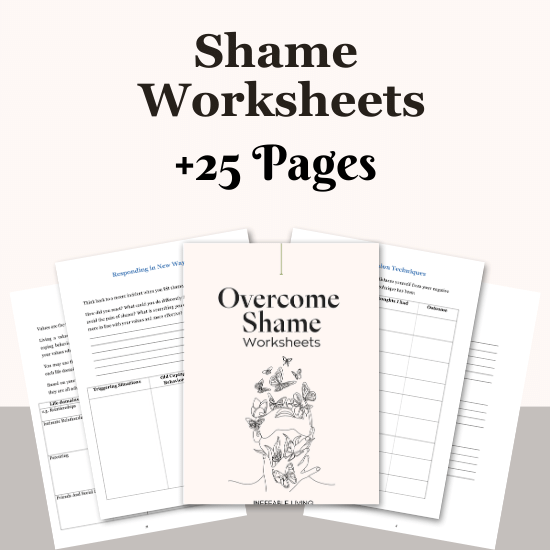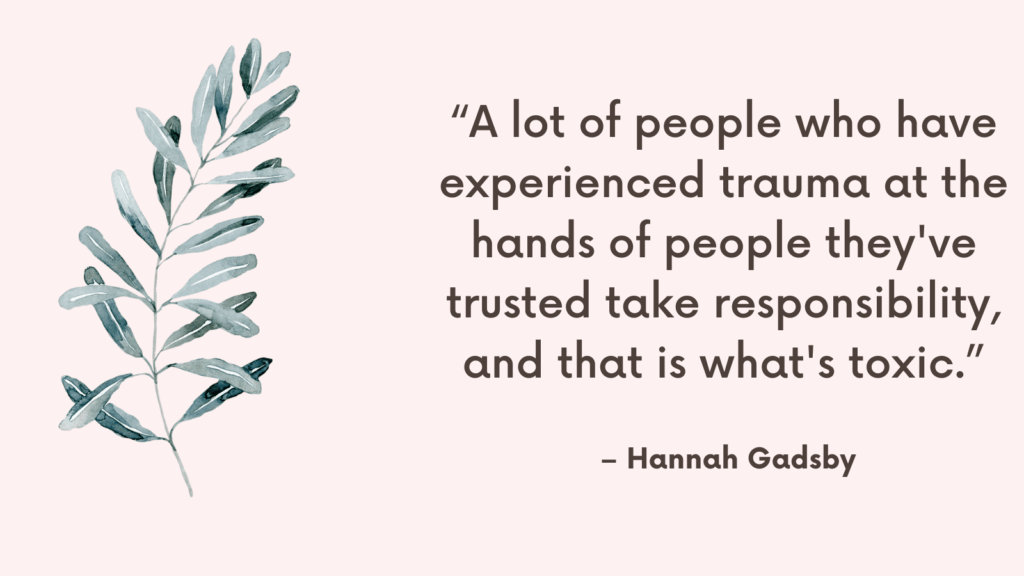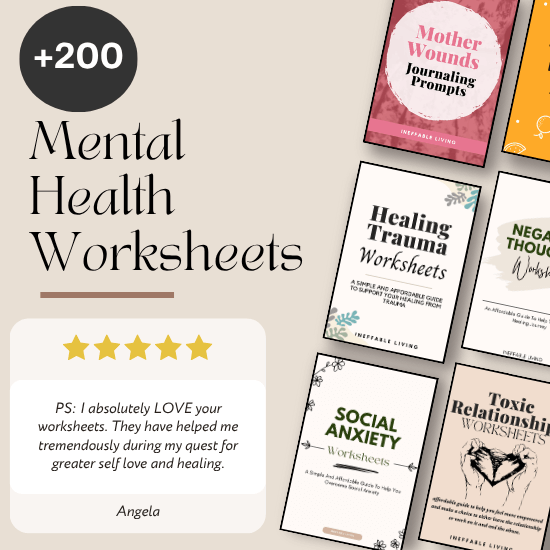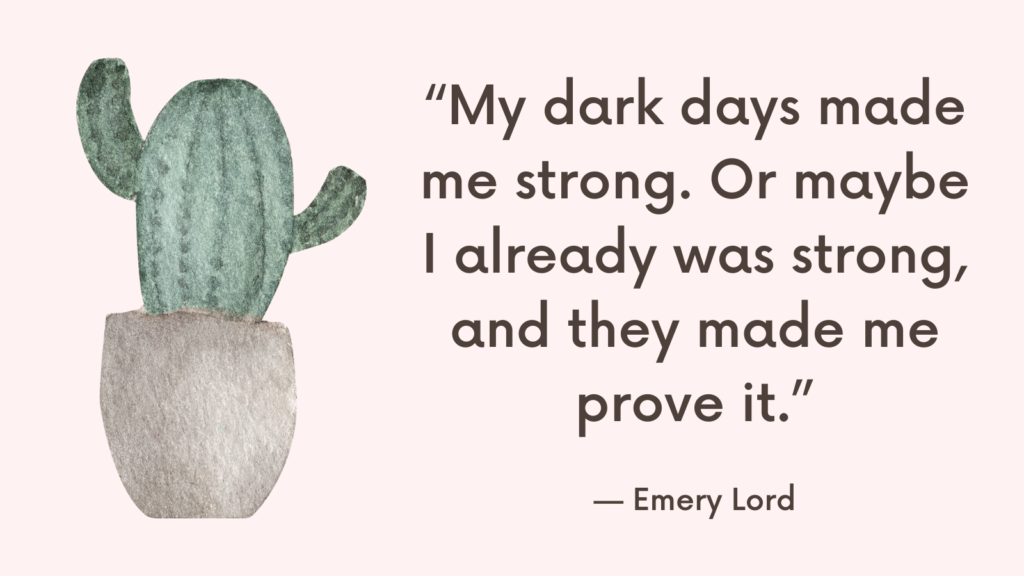Childhood shame runs deep. It’s not just a memory — it’s an emotional imprint. You may not remember every moment clearly, but your body does. You may carry beliefs that you’re not good enough, too much, or somehow fundamentally wrong — beliefs you didn’t choose, but learned through experiences like criticism, emotional neglect, punishment, or being made to feel responsible for others’ feelings.
This kind of shame doesn’t just fade. It settles into the nervous system, into your self-image, and into how you relate to others. But the good news is: it can be released. Not overnight — but gently, layer by layer.
Here’s how to begin releasing shame that was wired into you before you even had words for it.
Shame Begins When a Child Feels Unsafe Being Themselves
Children absorb the world through feelings, not logic. When a child is yelled at, shamed, ignored, or blamed, they don’t think, “My caregiver is overwhelmed.”
They think, “I must be bad.”
Shame takes root when love feels conditional — when being quiet, helpful, or perfect gets affection, and being messy, sad, angry, or needy gets rejection.
It Turns Into Core Beliefs
Shame from childhood doesn’t just stay in the past — it becomes your lens. It quietly shapes beliefs like:
- “I’m too much.”
- “I’m not enough.”
- “My needs are a burden.”
- “If I speak my truth, I’ll be rejected.”
These beliefs drive adult behavior: overachieving, people-pleasing, self-sabotaging, or emotionally shutting down.
It Gets Triggered in Adult Relationships
Even small moments — a raised voice, feeling ignored, making a mistake — can reactivate the original shame. Your adult brain knows you’re safe, but your body feels six years old again, bracing for punishment or disapproval.
You might overreact emotionally or disconnect completely — not because you’re broken, but because a part of you still feels unprotected.
Related: Best 20 Healing Shame Exercises To Break Free From Toxic Shame
It Hides Behind Perfectionism, Silence, or Overfunctioning
You might not think you have shame. But you may feel the need to be flawless, never ask for help, or take care of everyone else before yourself. These are common shields used to protect the wounded inner child who once believed, “If I get it right, maybe I’ll finally be enough.”
How to Release Shame Stored From Childhood Experiences?
1. Acknowledge That the Shame Isn’t Yours to Carry
Start by saying to yourself: “This feeling didn’t begin with me. It was put on me.”
Children blame themselves for what they can’t understand. If you were neglected, criticized, or made to feel unwanted, your young mind translated that into “I must be the problem.”
The shame you carry was likely a reflection of someone else’s pain — not your worth.
2. Identify the Core Beliefs Shame Created
What beliefs were born from those early experiences?
- “I have to be perfect to be loved.”
- “My needs are a burden.”
- “I’m not allowed to take up space.”
- “If I show emotion, I’ll be rejected.”
Write them down. Then gently ask: Are these beliefs actually true — or were they survival strategies?
Related: Guilt And Shame In Recovery: Top 10 Tips to Overcome Them
3. Connect With the Inner Child Carrying the Shame
Picture your younger self — the age when shame started to form. What were they feeling? What did they need that they didn’t receive?
Speak to that child:
“You didn’t deserve to be treated that way.”
“You were never too much. You were just hurting.”
This inner connection begins to separate you from the shame story.
4. Let the Body Release What the Mind Can’t
Shame isn’t just intellectual — it’s physical. You may feel it as tension, heaviness, tightness in the chest, or the urge to hide. Let your body help you heal.
Try grounding practices like:
- Deep breathing
- Stretching or shaking
- Placing a hand on your heart and saying, “It’s safe to feel now.”
- Crying when you need to, instead of pushing it down
Your body often knows what your mind has tried to forget.
5. Practice Replacing Shame With Compassion
Every time shame surfaces — when you mess up, need help, or feel vulnerable — practice a different response.
Instead of “I’m so stupid,” say “That was hard — I’m still learning.”
Instead of “I’m too emotional,” say “My feelings are valid.”
This isn’t toxic positivity — it’s emotional reparenting.
Related: Top 17 Shame Journal Prompts (+FREE Worksheets)
6. Share Your Story With Safe People
Shame shrinks when it’s spoken aloud in safe spaces. Whether it’s a therapist, support group, or a trusted friend, let yourself be seen — not for validation, but for freedom.
Say, “I’ve been carrying something for a long time.”
When someone meets your vulnerability with kindness instead of rejection, your nervous system starts to rewrite the story.
7. Grieve What You Didn’t Get
Let yourself grieve the unmet needs of your childhood. Not to stay stuck in the past, but to honor the truth of your experience.
Grieving is not wallowing — it’s releasing what your body never got to release.
It says: “This hurt me. And I finally get to feel it — safely, and on my terms.”
8. Stop Making Yourself the Enemy
When shame is running your internal world, you become your own bully. Practice shifting from self-attack to self-alliance.
Say: “I may not have been protected as a child, but I can protect myself now.”
You are not the problem. You are the one breaking the cycle.
Related: How to Break Shame Cycle? Top 8 Strategies
9. Let Slowness Be Part of the Healing
Shame that took years to build won’t disappear in a day. Don’t rush the process. Instead, track the small shifts:
- You speak more kindly to yourself.
- You set a boundary without apologizing.
- You feel something deeply and don’t numb it.
Each one is proof: the shame is loosening.
10. Work With a Trauma-Informed Therapist
Childhood shame is deeply wired, especially when it’s linked to emotional neglect, abuse, or complex trauma. Therapy can offer tools, safe reflection, and deep nervous system healing that’s hard to access alone.
You don’t have to carry this by yourself.
Related: Best 10 Shame Books

Conclusion
Shame that begins in childhood often makes you feel like healing is impossible. But the truth is: if the story was planted in you, it can be rewritten. You are not the unloved child anymore. You are the adult who gets to choose something new — self-compassion, emotional safety, and the freedom to be exactly who you are. Without apology. Without shame.



